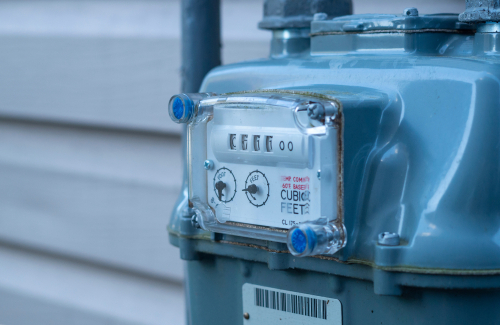Avista files for new electric, natural gas rate plan in Idaho to recover investment, operating costs

The Idaho Public Utilities Commission received a new, multi-year rate plan from Avista this week that would, if approved, push the company’s base revenues higher on an annual basis, leading to a proposed rate of return of 7.59 percent.
How it would affect customers, though, will vary by customer rate group and how much energy each customer uses. Currently, the company noted that customers’ average electricity prices have remained flat since 2016, while natural gas prices have increased by 3.8 percent annually.
“As an energy provider, we understand we play a vital role in the daily lives of those we serve, and we take this responsibility seriously,” Avista President and CEO Dennis Vermillion said. “As costs for goods and services have gone up across the board, we recognize how challenging increases in energy prices can be for our customers. We work hard to make decisions that will help keep these costs affordable because we know this matters to all of our customers.”
Under the new plan, average residential electric customers could expect their bills to increase about $13.18 per month (15.4 percent) in September 2023, with an $8 per month proposed increase in the basic charge. As of September 2024, they would rise again by approximately $4.66 per month (4.7 percent), including a $5 per month proposed increase in the basic charge, somewhat tempered by a slight decrease in the volumetric per-kWh rate.
On the natural gas side, the average residential customer could expect to see a monthly price jump beginning in September 2023 of about $2.60 (3.5 percent), with an $8 per month proposed increase in the basic charge offset by a decrease in the volumetric per-therm rate. Following this, in September 2024, another small $0.14 per month (0.2 percent) jump would occur, with a further $5 per month increase to the basic charge offset again by a decrease in the volumetric per-therm rate.
The two-year rate plan is meant to increase Avista’s revenues from electricity by $37.5 million as of September 2023 and another $13.2 million the following year. In terms of natural gas, it would lead to a $2.8 million increase, followed by a $0.1 million increase.
Vermillion cited supply chain constraints, inflation, and increasing interest rates, on top of the company’s own investments, making the operating environment more difficult to control and costs.
“We continue to aggressively manage costs to achieve the appropriate balance of providing safe and reliable service at cost-effective rates, along with a high level of customer satisfaction, while preserving the financial health of the utility,” Vermillion said. “We are focused on long-term sustainable savings to continuously improve our service to customers and manage costs into the future, The ongoing effort to align the rates customers pay with Avista’s costs to serve is one of the main reasons we file general rate requests. It’s important for the health of the company and an essential part of providing safe and reliable energy.”
